Upon the recommendation of Nicolas, I decided to venture up north to the heart of world manufacturing and to see the Dongguan tea markets for myself. Alas, I underestimated the difficulties of traveling in this part of the world, and by the time I arrived it was too late to go shopping. One meal and some food poisoning later, by the time I arrived there the next morning, I was really pretty sick, and I’m surprised I didn’t collapse while there.
From my research, Dongguan has two major tea markets, and a whole host of smaller collections of tea shops here and there. I decided to hit up the older, and larger market in Wanjiang district. It’s about 15-20 minutes from town center, depending on where you are and the traffic, which, at times, can be quite bad. The day was rainy, and cold, and generally rather unpleasant. I only took one overexposed picture while there, since I was basically in no mood to do so, and the scenery was depressing.
As is rather common today in China, many of these places have extremely wide roads, with shops on both sides. Here, the teashops are generally one story, and are basically uninterrupted for a few blocks in each direction. The first rule of shopping in places like this, especially if you’re low on time, is not to walk into stores that look uninteresting, which basically means don’t walk into almost all of them. They all have the same features – puerh cakes lined up on one side, big bags (5kg bags, or some variation of it) of tieguanyin or other Fujian oolong on the other side, vacuum sealed. In the middle area between the two walls, there are usually shelves full of either teaware, pots, tables, or more tea. Or there might be boxes or jians of puerh, or other types of loose tea (although you can imagine what it does to the tea’s quality in this super-damp environment). The back wall usually has a tea table set up, with a very, very bored looking young person, often a female, but sometimes male, staring blankly out onto the street, backed by a wall of puerh cakes encased in either glass or, more likely, yellowed plexiglass and set in these yellow artificial silk lined boxes. Even though these cakes are supposedly the more “exotic” or higher valued cakes, often times they’re just more run of the mill puerh cakes of no discernable value.
It is not impossible to find value in these shops. But if you’re pressed for time, that’s not the best way to spend time in a tea market. Instead, look for shops that seems specialized in one particular type of tea, whatever it is that you’re looking for. For tieguanyin, stores that only sell tieguanyin is likely to have more interesting stuff. Likewise, for puerh, if you want old tea, go to a store that seems to only sell that. For younger tea, you can always spot the top end young tea stores pretty easily, especially if they press their own cakes.
So after having spent about 20 minutes just wandering around, I finally did end up in one store that seems to do their own pressing of young puerh, focusing on Yiwu and Jingmai, two of the most interesting tea mountains. The boss wasn’t there, and only a young male shopkeeper who said he’s from Yunnan was there. They had a number of cakes, although most of them they only had a handful left – the rest were all sold out. What remains are the lower end stuff, which, although not cheap (180-200 RMB a cake) are really not very interesting. Because of my health limitations that day, I only tried one tea, which I eventually bought a cake of – a Jingmai old tree tea, which is very potent, good, and interesting. I need to try it again, but I think this year once their spring tea arrives, I may head back up to Dongguan and buy some more of this. Although it’s not cheap at over 400 RMB a cake, it is, I think, worth the price of admission.
By the time I had a few cups of this tea, I was starting to really feel the effects this had on me, and the general situation was so that I had to go back to the hotel to lie down. It’s too bad I couldn’t spend more time at the tea market there, as I’m sure there are other stores that will present items of interest. Oh well, it’s only about two hours away, and there’s always next time.

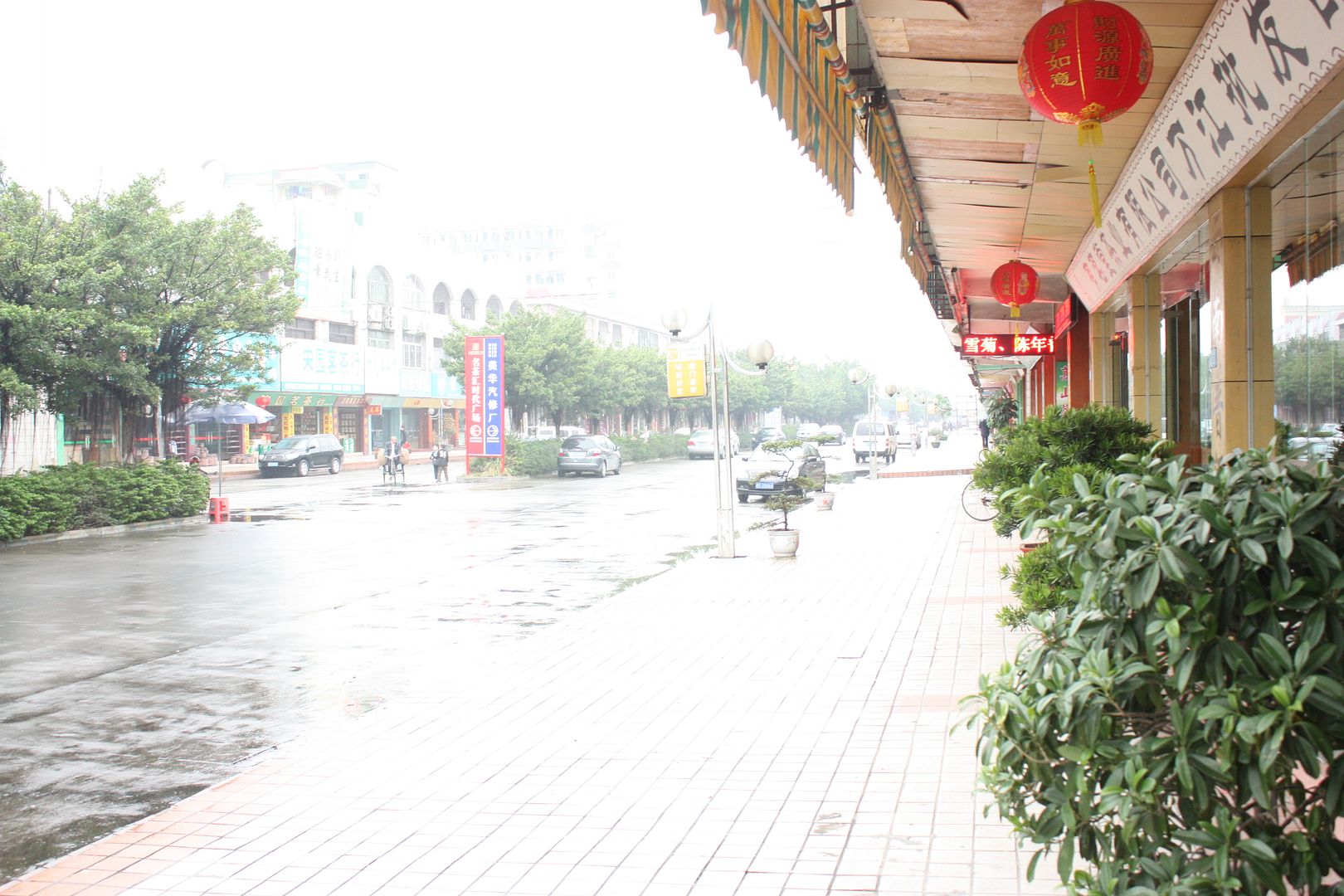


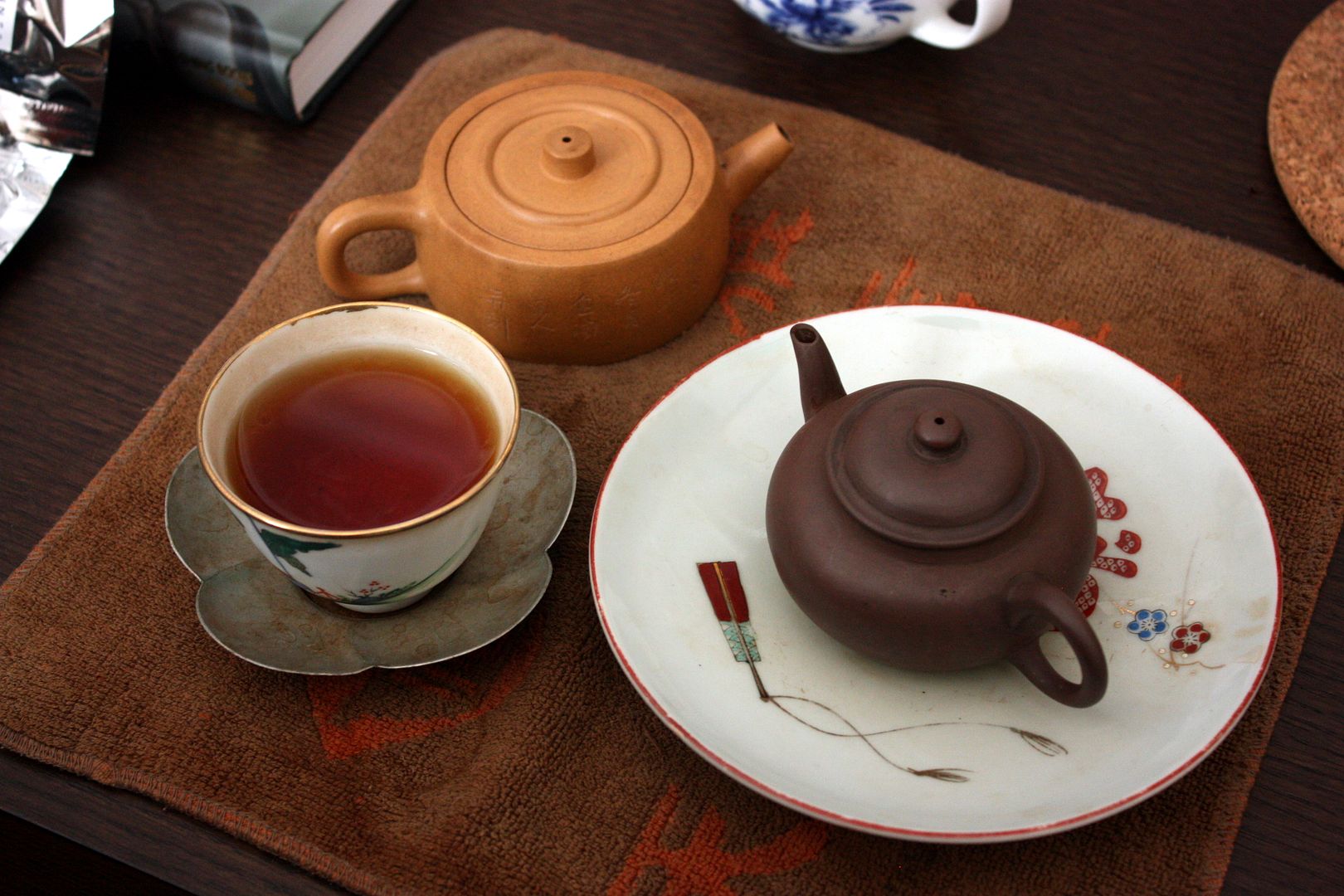
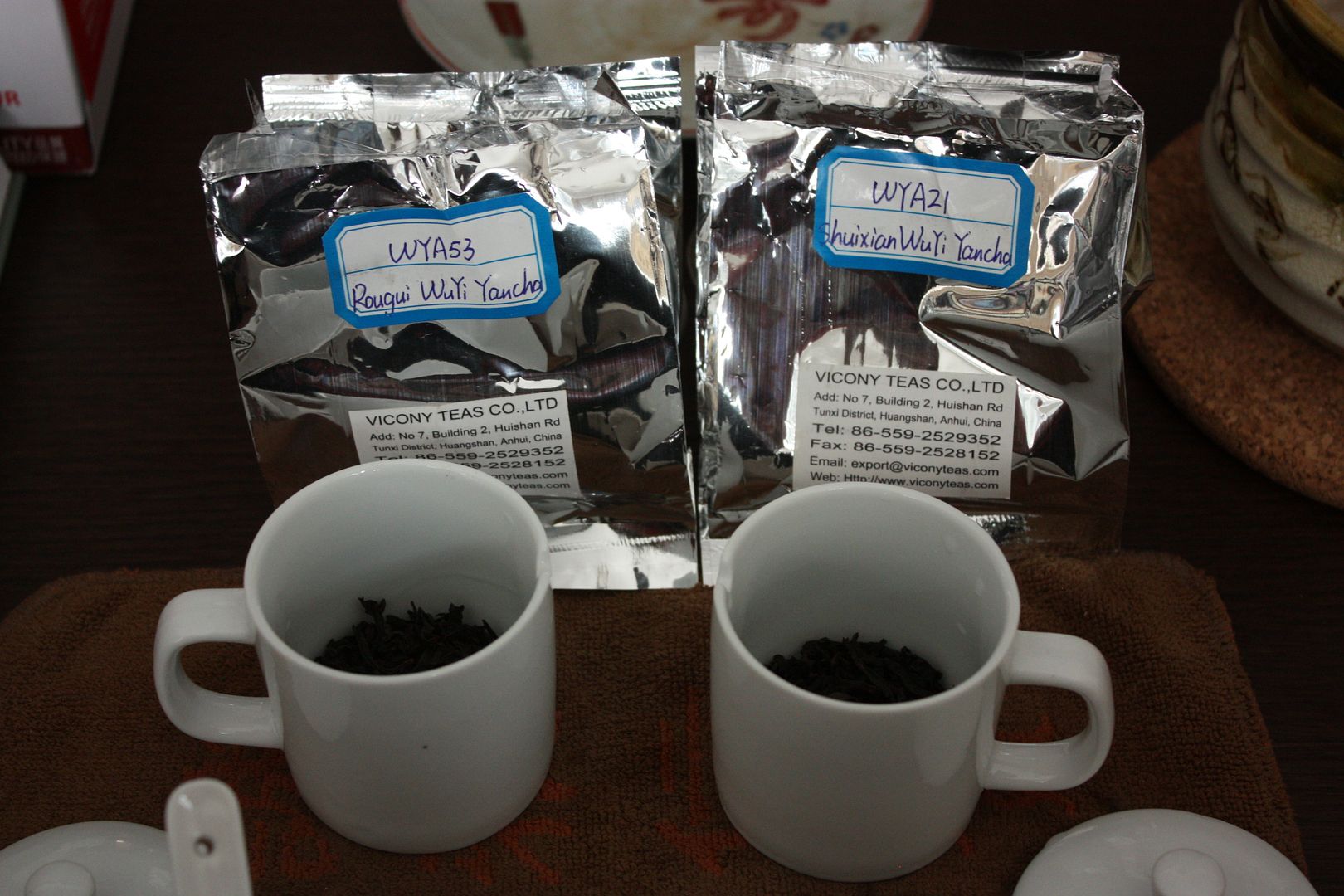
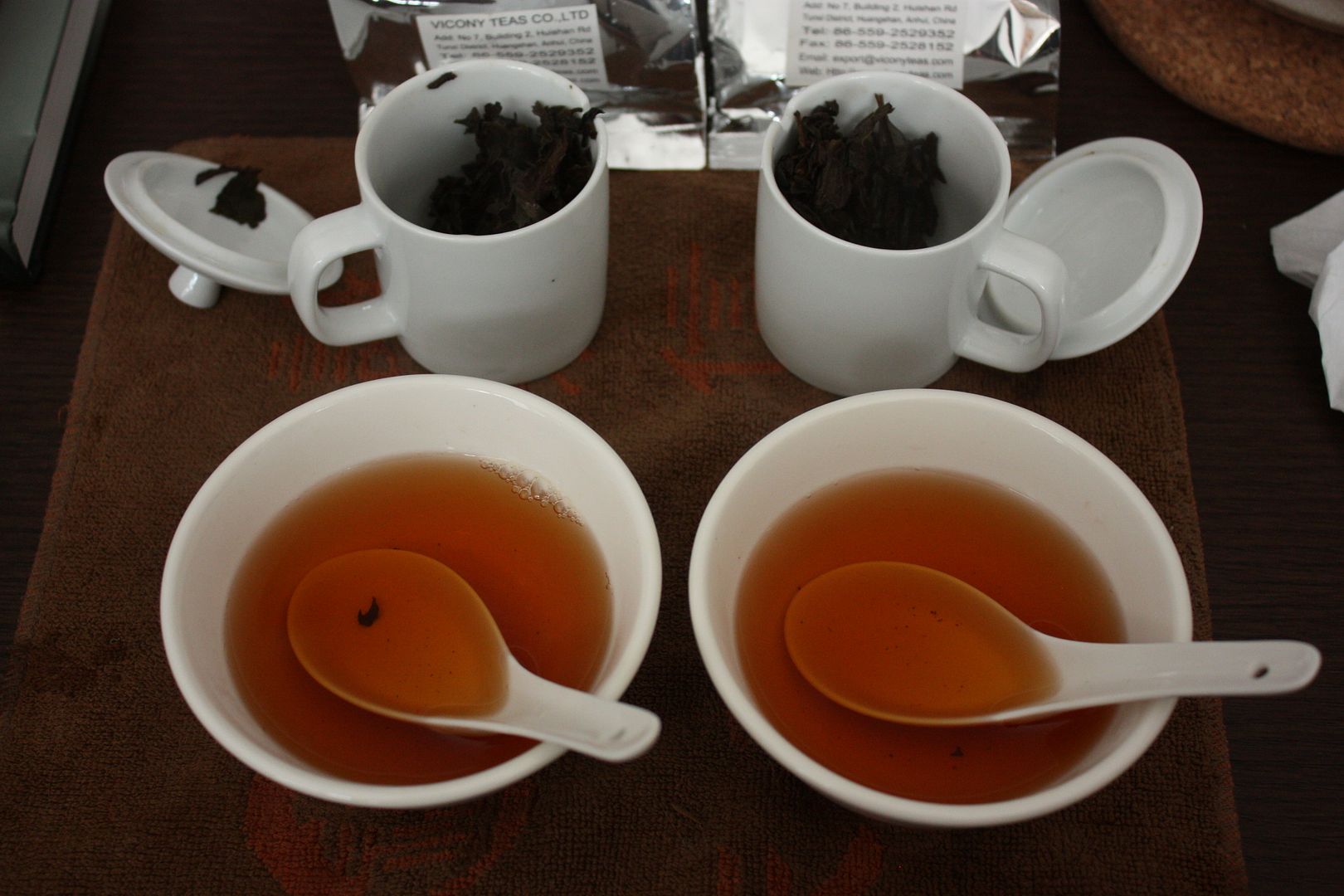
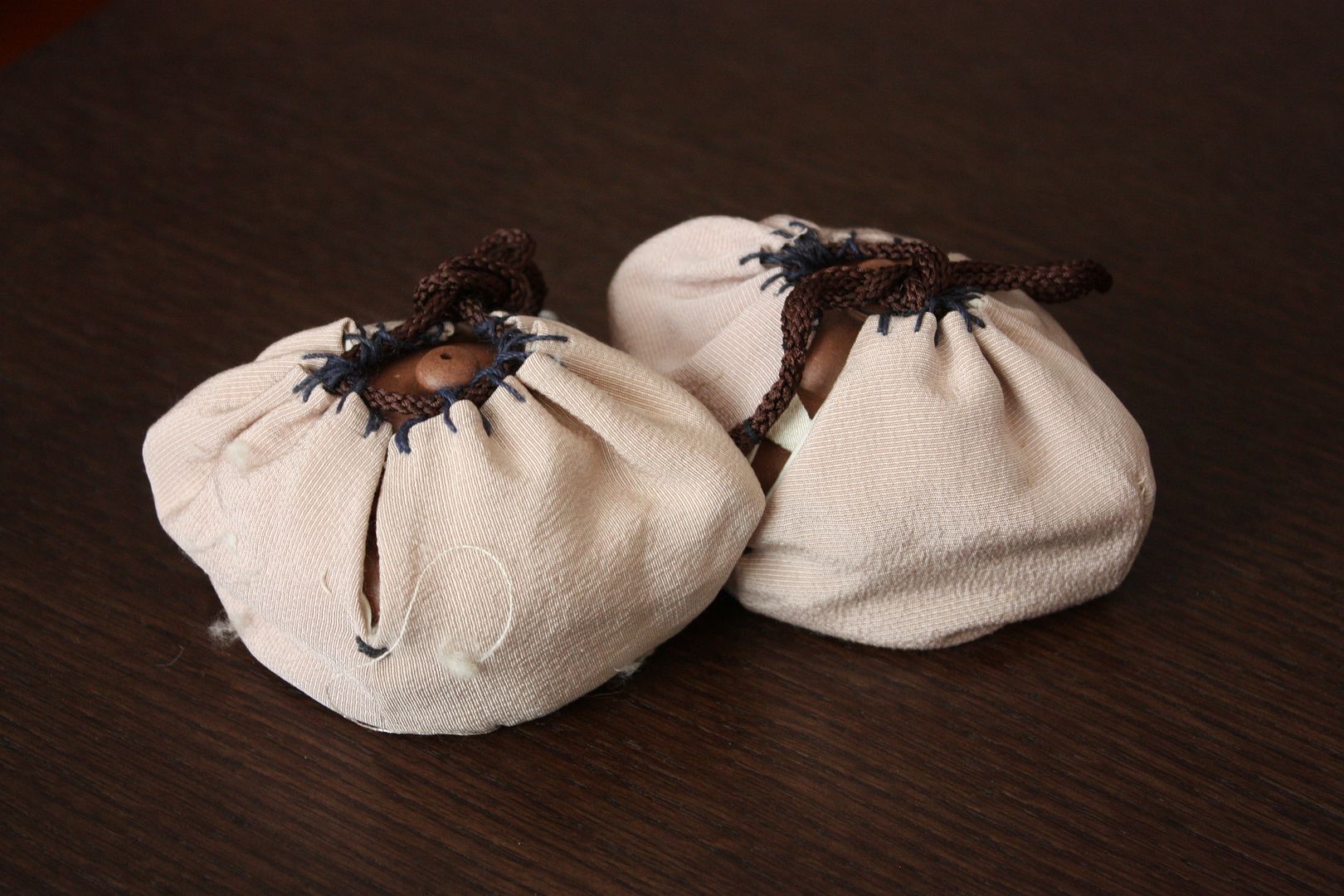
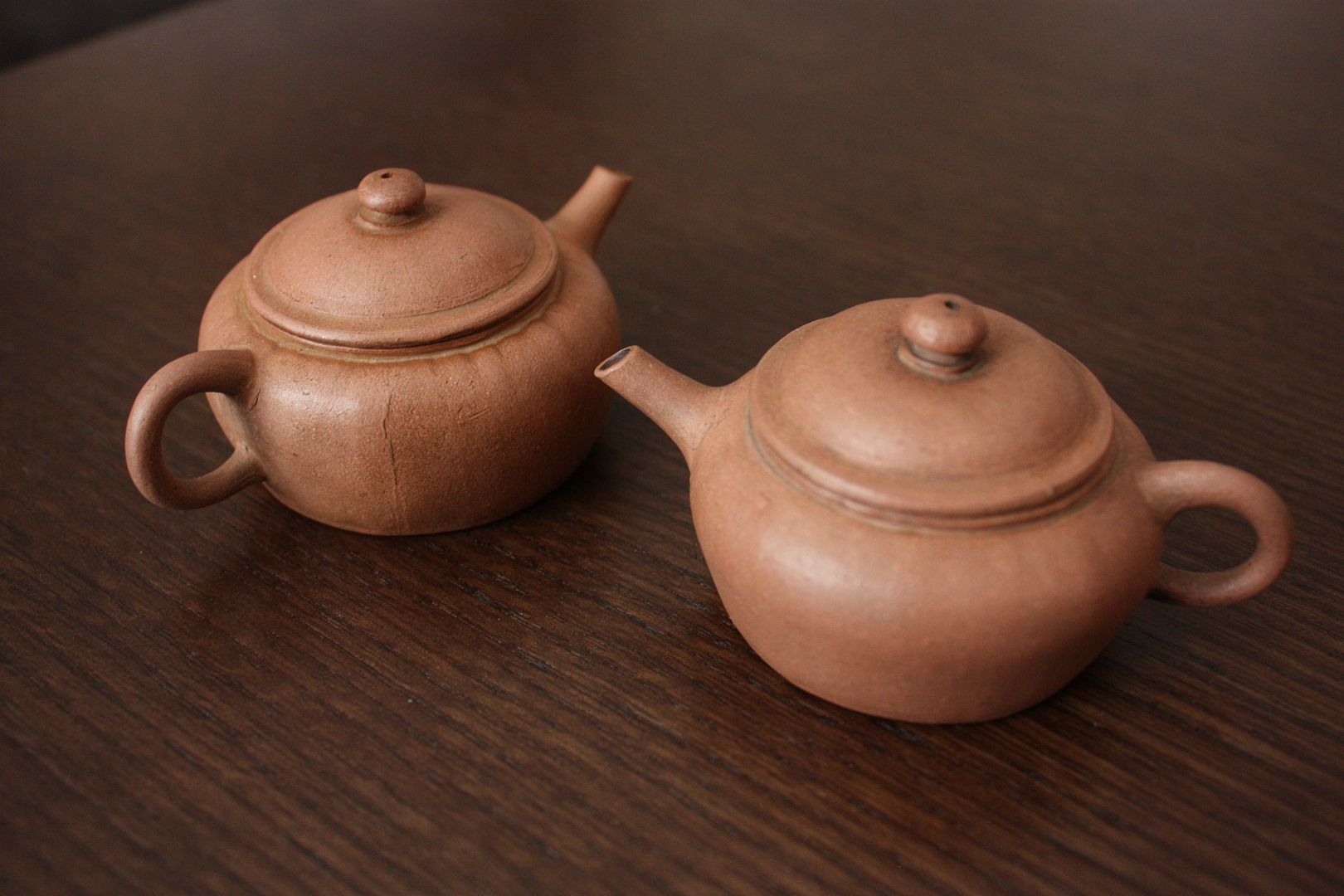
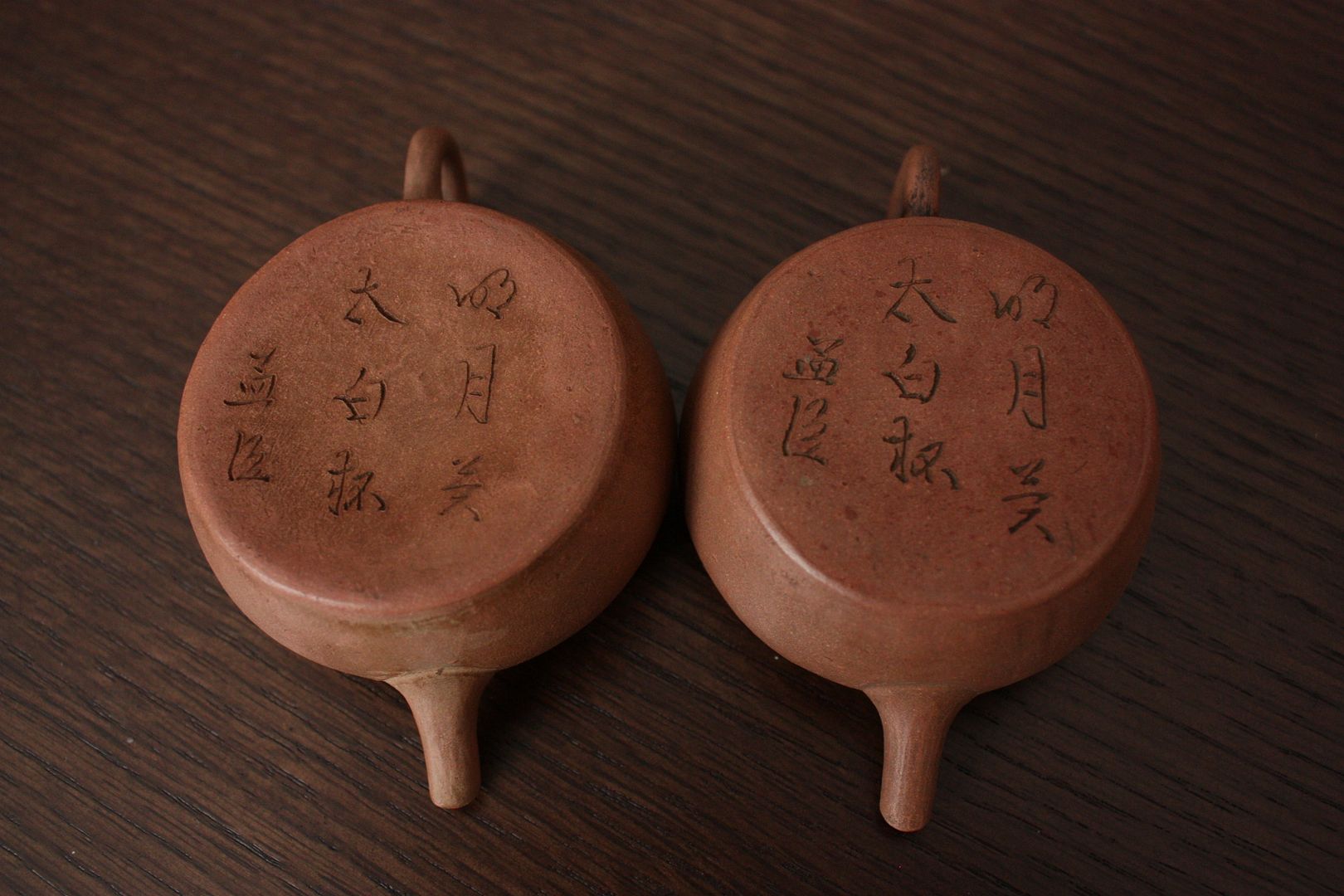
Very true. I use bottled water to brew teas very rarely. But when the alternative is unuseable tap water...